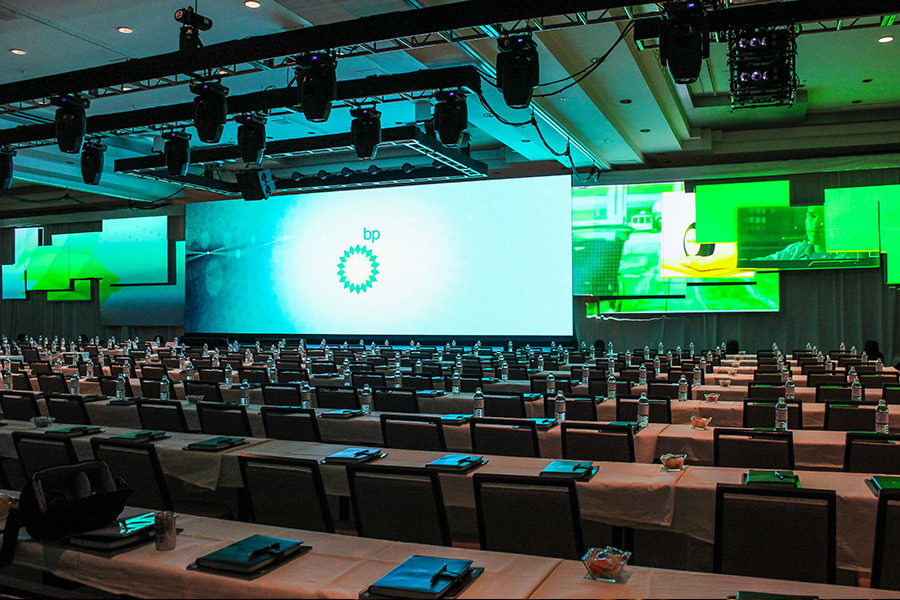Choosing the Optimal Pixel Pitch for Maximum LED Display Performance
Choosing the Optimal Pixel Pitch for Maximum LED Display Performance
Blog Article

When it comes to light-emitting diode walls, one of the most elements to take into account is pixel pitch. Dot pitch is defined as the distance between the centers of two neighboring pixels on an LED display. This metric is usually expressed in mm. Understanding pixel pitch is crucial because it explicitly influences the resolution and sharpness of the visuals displayed. A reduced pixel pitch means that the pixels are closer together, leading to a greater resolution, while a bigger pixel pitch results in a lower resolution. Therefore, selecting the appropriate pixel pitch is vital for obtaining optimal LED wall performance.
The selection of pixel pitch frequently depends on the viewing distance. For instance, if the light-emitting diode wall is meant to be viewed from a distance, a larger pixel pitch may be suitable. This is due to the fact that the human eye cannot easily distinguish individual pixels when they are farther away. On the other hand, if the wall will be observed up nearby, a smaller pixel pitch is necessary. In situations such as inside events, where attendees are typically closer to the screen, a smaller pixel pitch will provide a crisper and clearer image. Hence, understanding how sight distance affects pixel pitch is critical to making an informed choice.
Another crucial factor is the planned use of the light-emitting diode wall. Various applications, such as promotion, concerts, or conference presentations, may require different pixel pitches. For instance, an light-emitting diode wall used for promotional purposes in a shopping mall Read Full Report may gain from a pixel pitch that allows for vibrant colors and high detail so that it grabs the focus of passing shoppers. Conversely, an outdoor LED wall used at a concert may prioritize brightness and visibility over resolution, allowing for a bigger pixel pitch. Thus, the particular context in which an light-emitting diode wall will be utilized is vital for determining the appropriate pixel pitch.
Pricing is also a major consideration when choosing pixel pitch. Generally, LED displays with smaller pixel pitches tend to be more costly due to the increased density of pixels and the advanced technology required for manufacturing. While it may be tempting to choose a high-resolution display with a reduced pixel pitch, budget constraints often necessitate a balance between quality and price. Businesses should evaluate their needs and determine how much they are prepared to spend in an LED wall, ensuring that the pixel pitch aligns with their budgetary capabilities while still satisfying performance expectations.
Finally, it is crucial to take into account the maintenance and durability of the LED wall when selecting pixel pitch. Displays with smaller pixel pitches can sometimes be more delicate and may need more careful handling and maintenance. Regular upkeep is required to ensure that the display functions effectively over time. Understanding the maintenance requirements and potential issues associated with different pixel pitches can help organizations make a more knowledgeable decision. By taking into account all these elements, including sight distance, planned use, budget, and maintenance, one can choose the ideal pixel pitch for optimal LED wall functionality.